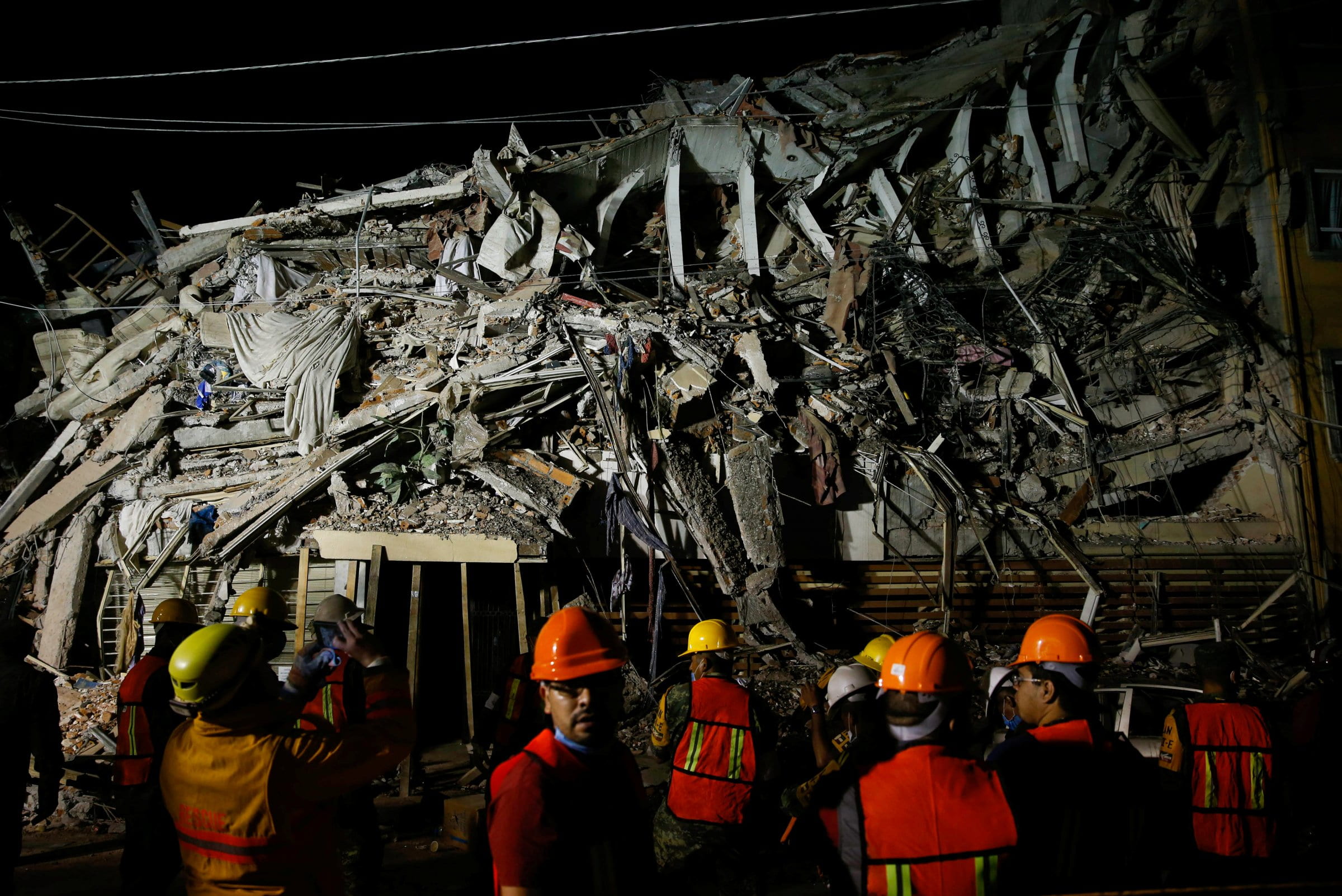Sara Varela
Editor-in-chief
For the first time in history, three hurricanes were recorded in the Atlantic at the same time just a couple weeks ago. Hurricane Harvey caused major destruction in Texas just a few days before Katia formed in the Gulf of Mexico, Irma devastated the caribbean and Florida and Jose followed close by.
But hurricanes aren’t the only natural disasters hitting the world one right after the other. Two catastrophic earthquakes have hit Mexico in less than a month, the latest taking over 250 people with it. Extreme droughts are haunting the western U.S. and massive fires have struck for months, leaving thousands homeless. These extreme events have many wondering how much of it it’s linked directly to climate change.
“The balance of evidence suggests that the strongest storms will become stronger, with stronger winds, more storm surge, as the planet warms, and as the upper oceans warm,” said Radley Horton, a professor at Columbia University’s Lamont-Doherty Earth Observatory.
Hurricanes Harvey and Irma both made landfall in the U.S. as Category 4 storms in the same year for the first time in recorded history – one right after the other. Such occurrence is connected to warmer-than-normal water temperatures in the Atlantic during this time of the year. Climate change isn’t only fortifying these storms, it’s also altering the time frame in which they can occur. We must note that while we are still during hurricane season, the last couple of months of such should see weaker storms rather than those as Harvey and Irma.
And while climate change isn’t responsible for each storm itself, it is responsible for the increase in the frequency in which stronger and bigger storms will occur as well as the amount of rain they will pour. In the case of earthquakes, research published in the journal Nature in 2009, showed evidence of the connection between typhoons in Taiwan and small earthquakes happening in the island at almost the same time.
The study showed proof of the relation between the reduction of atmospheric pressure by the storm and the movement of earthquakes’ faults. And we can be sure that scientists are studying the possible connection between the hurricanes that have hit the U.S. in the past month with the two earthquakes that shook Mexico. However, the 2009 study showed that these storms may have served to prevent “the buildup of dangerous levels of strain that otherwise could eventually instigate large, destructive earthquakes.”
Another study done by Shimon Wdowinski from the University of Miami suggests that large earthquakes such as the one in Haiti in 2010 usually follow very wet, big storms, which could explain the recent events. Wdowinski explains that such thing happens due to weight loss in the terrain after landslides caused by the rain, allowing faults to move easily.
However, the devastation left by any natural disaster isn’t exactly linked to climate change. Due to the high number in population in coastal cities and places prone to fires and earthquakes, loss of lives will be high as these disasters continue to grow stronger. Ultimately, as temperatures continue to rise due to human activity, the Earth will continue to find balance and adapt to the damage done. This will likely result in stronger natural disasters that could result in catastrophe depending on where they occur, which will likely be in highly populated cities.
